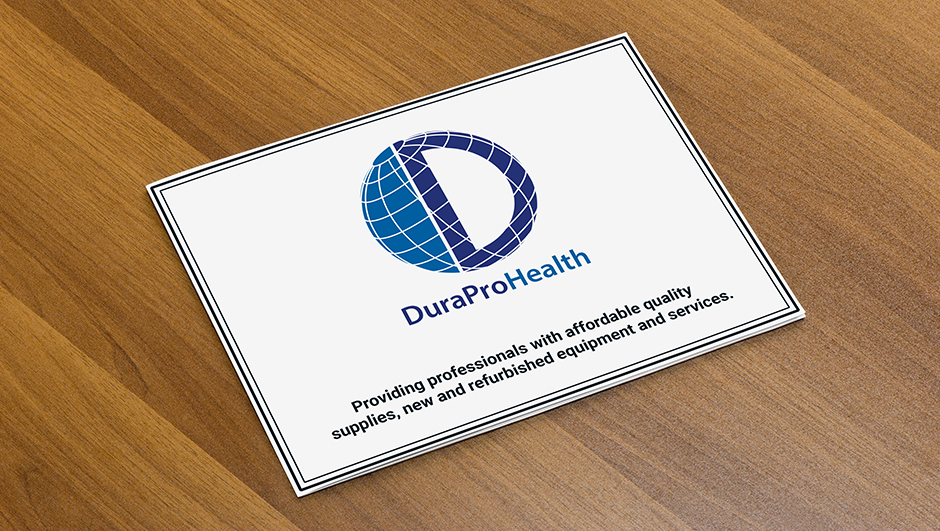You can get burned by a number of different sources, the most common of which are hot liquids, hot objects, chemicals, steam, electricity, the sun, and fire.
For pinpointing and treatment purposes, burns are generally categorized into the following three classifications:

First-degree burns: Most commonly red and very sensitive to touch, and the skin will appear blanched when light pressure is applied. First-degree burns involve minimal tissue damage and they primarily affect the outer-layer of skin causing pain, redness and swelling. Sunburn is a good example of a first-degree burn.
Second-degree burns: When the first layer of skin has been burned through and the second layer of skin (dermis) also is burned, the injury is called a second-degree burn. Blisters develop and the skin takes on an intensely reddened, splotchy appearance. They produce severe pain and swelling. If the second-degree burn is no larger than 3 inches in diameter, treat it as a minor burn. If the burned area is larger or if the burn is on the hands, feet, face, groin, or buttocks, or over a major joint, treat it as a major burn and get medical help immediately.
Third-degree burns: The most serious burns involve all layers of the skin and cause permanent tissue damage. Fat, muscle, and even bone may be affected. Areas may be charred black or appear dry and white. Difficulty inhaling and exhaling, carbon monoxide poisoning, or other toxic effects may occur if smoke inhalation accompanies the burn.
How to Treat a Minor Burn at Home
 The first step that you should take to treat a minor burn is to hold it under cold, running water for 10 to 15 minutes. If cold, running water is not available, immerse the burn in cold water, or cover it with cold compresses. Be sure not to put ice directly against the burn; direct contact with ice can cause frostbite and more damage.
The first step that you should take to treat a minor burn is to hold it under cold, running water for 10 to 15 minutes. If cold, running water is not available, immerse the burn in cold water, or cover it with cold compresses. Be sure not to put ice directly against the burn; direct contact with ice can cause frostbite and more damage.

DO NOT USE BUTTER!
Do not apply butter to the burn. Butter will trap heat in the damaged tissues, which can potentially cause more damage and increase your chance of developing an infection. Think about grease that you cook with, when you heat it up, it cooks our food. When you heat butter up is cooks our food, or skin.
Once the burn has cooled via cold water or compress exposure, apply lotion to the area. Lotion may soothe any discomfort that you feel, and will also prevent dryness.
Once the burn is moisturized, cover it with a sterile gauze bandage. Just be sure to wrap the burn loosely to avoid putting too much pressure on the wound.
Sometimes, in order to prevent infection, your body will produce fluid-filled blisters. Do not break these blisters – they will resolve on their own. If they break on their own, you can wash the area with water and plain soap, dry it, then apply an antibiotic ointment and a loosely wrapped sterile gauze bandage. It is fine to trim off dead skin from popped blisters.
If needed, you can use an over-the-counter pain reliever like acetaminophen until the pain is tolerable.
Major Burns
For all major burns, seek medical attention as soon as possible. Cover the burned region with a dry, sterile bandage or a clean cloth. Use a cotton bed sheet for large areas. Do not use blankets or towels, as both have a tendency to stick to burns. Apply the bandage loosely to the exposed area to prepare for transport. Do not apply ointments or try to break blisters.
Treating Chemical Burns:
 Use cold, running water to completely flush chemicals off your body. Hot water will open the pores and cause more damage.
Use cold, running water to completely flush chemicals off your body. Hot water will open the pores and cause more damage.
If the chemical is a powder, such as lime, use a brush to remove it from the skin before flushing with water.
Be sure to remove any jewelry or clothing that has been in contact with the chemical. If there continues to be a burning sensation after washing the area with cold water, flush the area for another several minutes with cold, running water.
Wrap the burned region with a clean cloth or a dry, sterile gauze bandage.
 If a chemical comes into contact with your eyes, flush your eyes with water immediately.
If a chemical comes into contact with your eyes, flush your eyes with water immediately.
Do not worry about finding sterile water; the most critical objective is to begin flushing as soon as possible. Flush your eyes with water for at least 20 minutes. After washing, close your eyelids and cover them with loose, moist dressings before seeking medical care with someone’s assistance.
Treating Electrical Burns
 Electrical burns are injuries that are caused by an electric current. The electric current can pass through your body and damage tissues or organs. An electric current may also jump from an electrical source to you and burn your body.
Electrical burns are injuries that are caused by an electric current. The electric current can pass through your body and damage tissues or organs. An electric current may also jump from an electrical source to you and burn your body.
All electrical burns should be evaluated by a physician immediately.
Even though the burn may appear to be a minor one, damage may have occurred deep into the underlying tissues.
